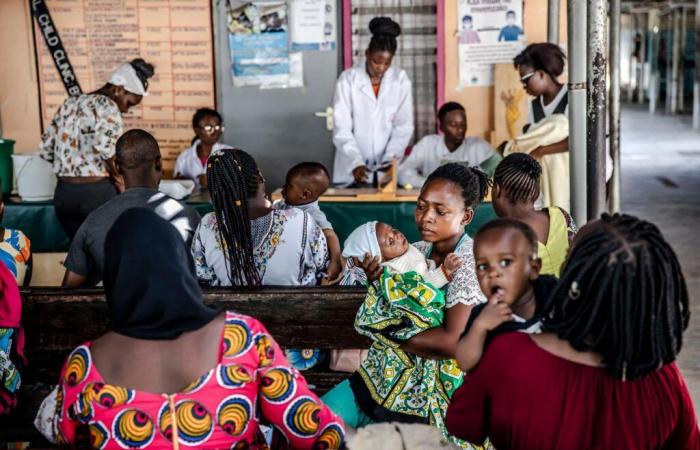On the front of the fight against malaria, worrying news has been added to the alerts of previous years: in Africa, resistance to standard malaria treatments is increasing among children. According to a study published on November 14 in the Journal of the American Medical Association (JAMA), more than 10% of children suffering from severe malaria in Uganda carry a strain of Plasmodium falciparum. This parasite presents genetic mutations leading to its resistance to molecules derived from artemisinin, pillars of current treatments.
The arrival of these drugs, around twenty years ago, constituted a major breakthrough: they managed to cure infections quickly, but also to circumvent the problem of the loss of effectiveness of previous families of antimalarials.
As early as 2008, however, partial resistance to artemisinin derivatives appeared in Cambodia. An alert followed, in 2013, by the detection of complete resistance to these treatments in certain parasites in Southeast Asia. In 2021, the problem is spreading to East Africa: Uganda, Rwanda and Djibouti in turn are affected; then Ethiopia, in 2023.
Serious or complicated forms
It was initially believed that this resistance had spread from Asia to Africa. Wrongly: « The resistant strains that appeared in Africa did not carry the same mutations responsible for resistance, on the K13 gene, as those isolated in Asiaexplains Doctor Marc Thellier, head of the National Reference Center for Malaria, at the Pitié-Salpêtrière hospital (AP-HP), in Paris. In Africa, resistance emerged independently and later than in Asia: the pressure exerted by drugs is less strong there, and the genetic variety of parasite strains is greater. »
Also read (2020) | Article reserved for our subscribers Malaria: a mechanism of resistance to artemisinin identified
Read later
Carried out jointly by Ugandan, Kenyan, American and English teams, this new study was carried out on 100 children aged 6 months to 12 years (average age, 3.72 years; 47% girls). All had been hospitalized for severe or complicated forms of malaria, putting them at risk of severe anemia or potentially fatal brain complications.
All received the standard treatment for complicated malaria infections: an intravenous infusion of an artemisinin derivative (artesunate), lasting one to three days – sometimes more –, followed by oral treatment with a therapy combining a derivative from artemisinin (here, artemether) to another family of antimalarials (lumefantrine). “Initial intravenous treatment, for these serious forms, offers the advantage of acting quickly”explains Professor Sandrine Houzé, head of the parasitology-mycology department of the National Malaria Reference Center, at Bichat hospital (AP-HP), in Paris. For non-serious forms, on the other hand, treatment starts immediately with combined oral therapy.
You have 55.69% of this article left to read. The rest is reserved for subscribers.







